Archaeological Site of Troy
By Cindy Carlsson
What is the Archaeological Site of Troy?
The Archaeological Site of Troy consists of partially-excavated ruins representing 10 layers of human settlement beginning before 3000 BCE and continuing into the Roman era. In the midst of those layers is what is now believed to be ancient Troy, the Greek city whose destruction is a critical component in the mythological stories of Homer and Virgil.
Disclosure: This article contains affiliate links. Making a purchase through an affiliate link will mean a small commission for this website. This will not affect your price.
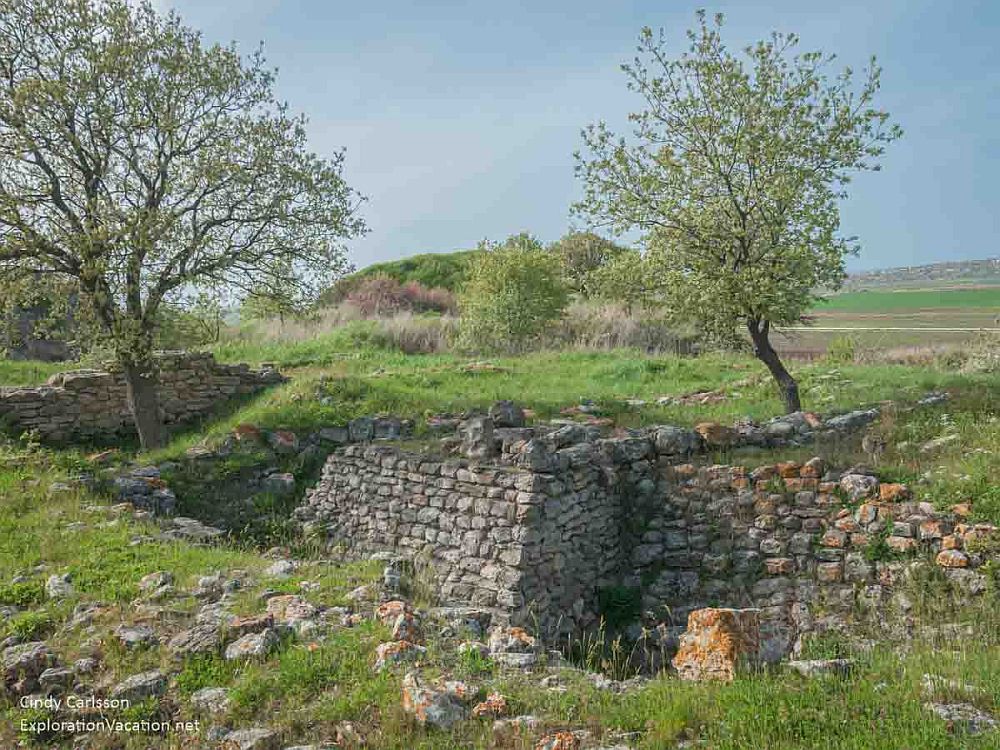
Why is Troy a UNESCO World Heritage site?
Many people know Troy through those ancient tales about the Trojan War. And the fact that Troy has retained a place in the human imagination for 2000 years is a reason why it is a UNESCO World Heritage site.
But Troy also offers insight into both the development of ancient Aegean cities and the region’s changing relationships. As UNESCO explains: “The archaeological site of Troy is of immense significance in the understanding of the development of European civilization at a critical stage in its early development. It documents an uninterrupted settlement sequence over more than 3,000 years and bears witness to the succession of civilizations. The role of Troy is of particular importance in documenting the relations between Anatolia, the Aegean, and the Balkans, given its location at a point where the three cultures met.”
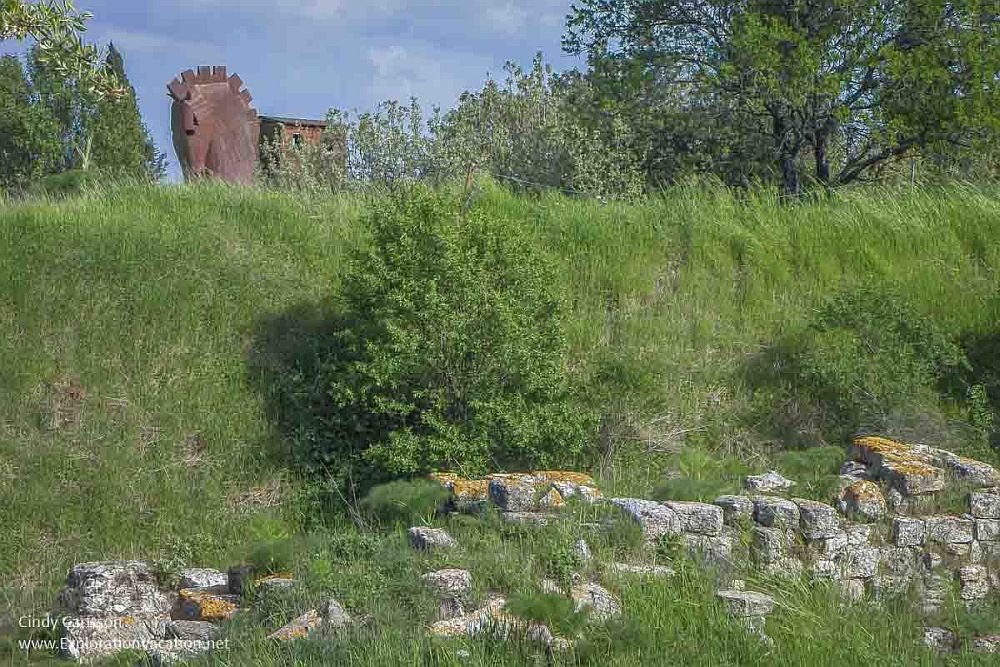
What can you expect on a visit to Troy?
Until the 19th century, stories of the Trojan War were not thought to reference a real event or even a real place. While historical evidence of the war is still unclear, it is now pretty certain that Troy was a real place and that this is where it was located. However, for a site so steeped in mythology, there isn’t much to see at the Archaeological Site of Troy.
A modern Trojan horse stands near the parking area. It’s large enough for people to climb inside and look out the windows at the surrounding countryside. (Something the legendary Odysseus would not have been able to do while awaiting his opportunity to attack the city). It’s hokey and has no historical basis, but it’s fun.
The archaeological site is just down the hill below. A winding loop trail leads visitors through it. Along the way you’ll see the remains of walls, walkways, a well, a small Roman theatre, and a random assortment of blocks and columns. The explanatory signage is reasonably good, but it’s still hard to visualize how the pieces relate to each other. That makes a roughly-cut trench that exposes and labels each layer particularly valuable: it gives visitors a better understanding of how the layers fit together and what the site looked like when archaeologists began working here.
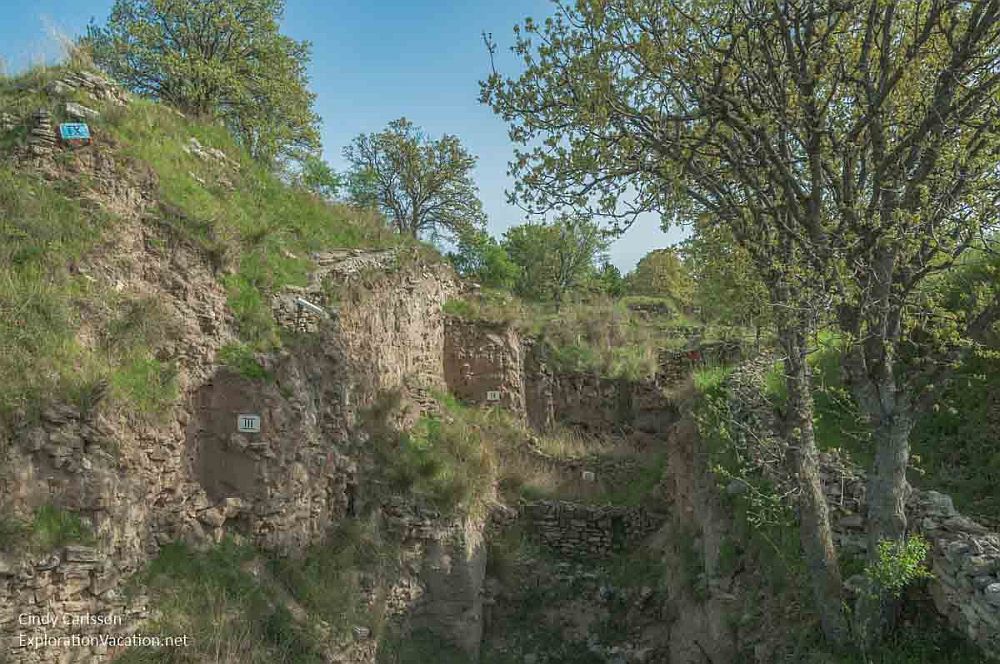
A new museum just outside the archaeological site details the legends and history of Troy and the surrounding area through artifacts, models, and interactive exhibits.Most visitors will likely find it more interesting than the site itself.
Is the Archaeological Site of Troy worth visiting?
For the average traveler, the ancient Troy UNESCO site is not worth going out of the way for. While it’s important archaeologically, there just isn’t a lot to see. (And there are so many more interesting sites farther along.) However, if you are in the area, it’s worth stopping to visit the Museum of Troy even if you don’t walk through the archaeological site.
On the other hand, fans of ancient literature and mythology might find Troy a very worthwhile stop. If you’ve spent time immersed in stories of the Trojan War and the fates of those involved, you’ll likely feel a little awe at being at the site of that legendary city.
No matter how interested you are in the archeological site, you should be able to see all of it in about an hour. Allow as long or longer to visit the museum.
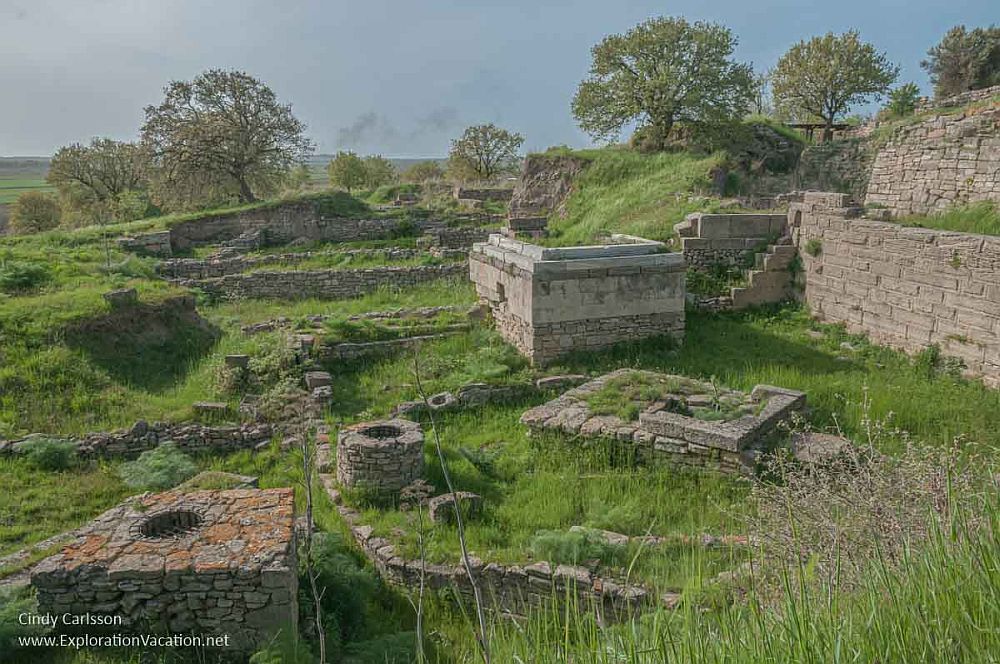
Tips for visiting the UNESCO Archaeological Site of Troy
Visit the museum before (or instead of) visiting the archaeology site.
The museum and the archaeology site have separate admission fees.
Once children have climbed up in the large wooden horse, there is not much to keep them engaged while walking through the archaeological site.
Wear decent walking shoes. Visitors are required to stay on the designated path through the site but, unless it has been improved recently, the path can get a little rough in places.
The horse from the 2004 Brad Pitt movie “Troy” is located along the waterfront in nearby Çanakkale. You can’t climb inside, but it is interesting as a piece of sculpture. If you have extra time, Çanakkale has a few minor sites worth seeing while you are there.
While there isn’t much in the way of accommodations very near the site, there are plenty if you zoom out on the map below:
Where is the Archaeological Site of Troy?
Ancient Troy is located on Türkiye’s Aegean coast, about 30 km (20 miles) south of Çanakkale.
- The archaeological site and museum are an easy half-hour drive south of Çanakkale. (Road signs may identify it as Troia or by any of several other variations of “Troy.”) Parking is available at both the museum and the archaeological site.
- Public buses run between the city and the archaeological site on a regular schedule. The trip should take under an hour.
Coming from Istanbul, expect at least a five-hour drive around the Sea of Marmara.
- The northern route requires crossing the Dardanelles. This used to be possible only at one of two ferry crossings. However, the new 1915 Çanakkale Bridge is scheduled to open in March 2022, eliminating the need to cross by ferry and saving travelers a considerable amount of time during busy travel periods. (Note that the bridge is some distance northeast of the city itself.)
- The southern route runs just outside Bursa. It will take at least a half-hour longer to drive this way once the Çanakkale bridge opens.
Alternatively, sign up for a tour from Istanbul or Çanakkale. Here is a list of available tours.
The Pergamon UNESCO site is about 200 km (120 miles) and 3 hours south of Troy. Beyond Pergamon, Ephesus is about the same distance farther south again.
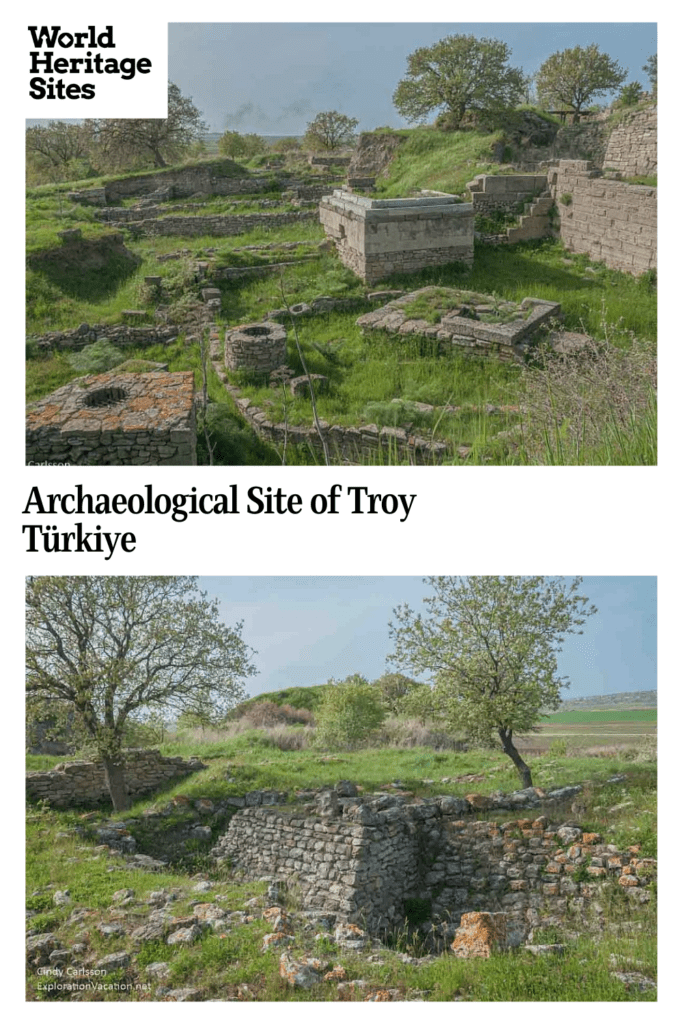
For more information about the Archaeological Site of Troy, its opening hours and admission fees, see its official website. Hours and admission information for the Museum of Troy are here.
Have you been to Troy? If so, do you have any additional information or advice about this UNESCO World Heritage site? Please add your comments below!

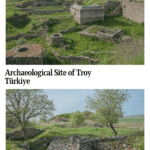
Thank you, exploring Troy must feel like stepping into history. Are there any ongoing excavation projects or new discoveries there?
Judging from this article, excavations are ongoing.